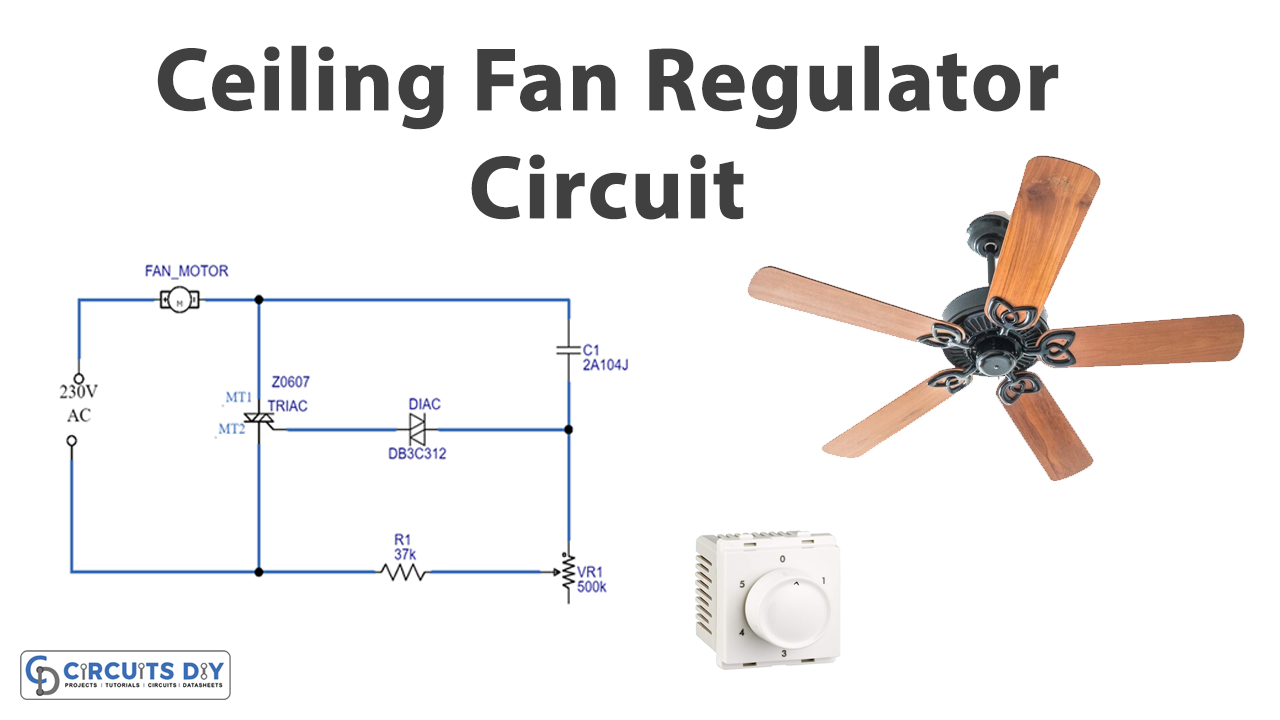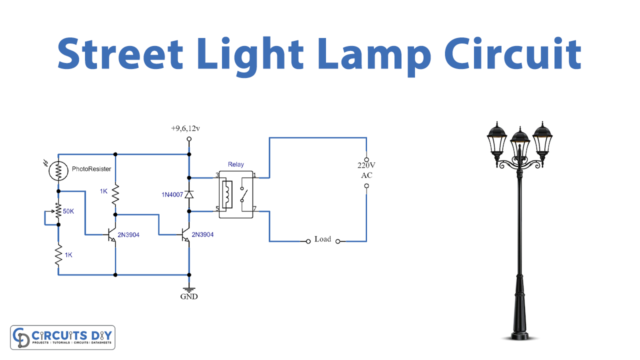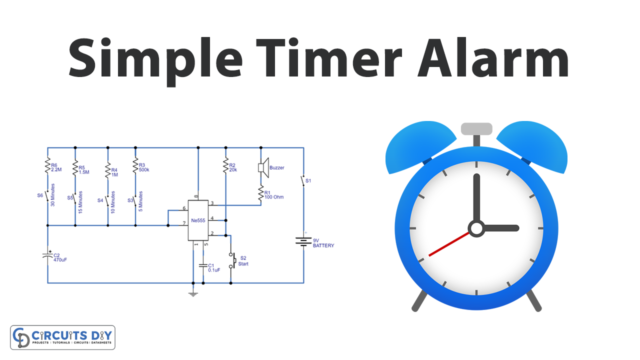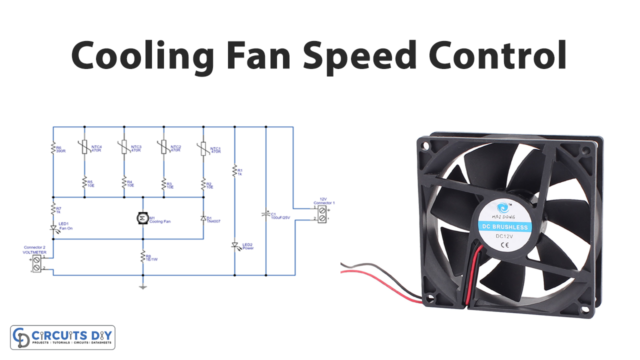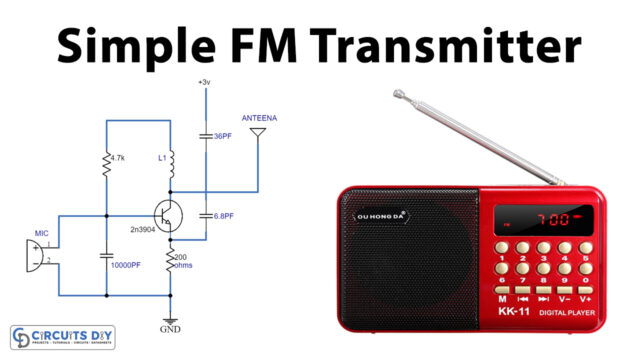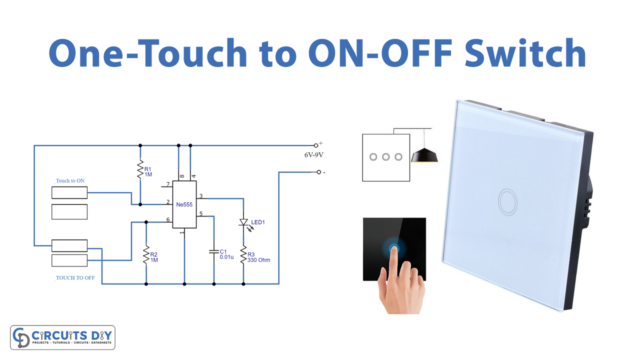A ceiling fan is a fan mounted on the ceiling of a room or space, usually electrically powered, that uses hub-mounted rotating blades to circulate air. Let’s say you arrive home from work on a summer day, bolting inside to escape the heat. You flip the switch on your ceiling fan, plop down on the couch, and breathe a sigh of relief as the cool air rushes over your body. They cool people effectively by increasing airspeed.
So to regulate the speed of the ceiling fan there is a need for a regulator. Here we can design an effortless ceiling fan regulator by using Triac, Diac, and variable resistor elements. This circuit is able to control the speed of an AC ceiling fan by altering the phase angle of the AC sine wave or in simple terms precise control of the TRIAC. It regulates ceiling fan speed smoothly.
Hardware Required
| S.no | Component | Value | Qty |
|---|---|---|---|
| 1. | TRAIC | 20607 | 1 |
| 2. | DAIC | DB3, C310 | 1 |
| 3. | Fan Motor | – | 1 |
| 4. | Resistor | 37KΩ | 1 |
| 5. | Variable Resistor | 500KΩ | 1 |
| 6. | Capacitor | 2A104J | 1 |
| 7. | Connecting Wires | – | – |
Circuit Diagram
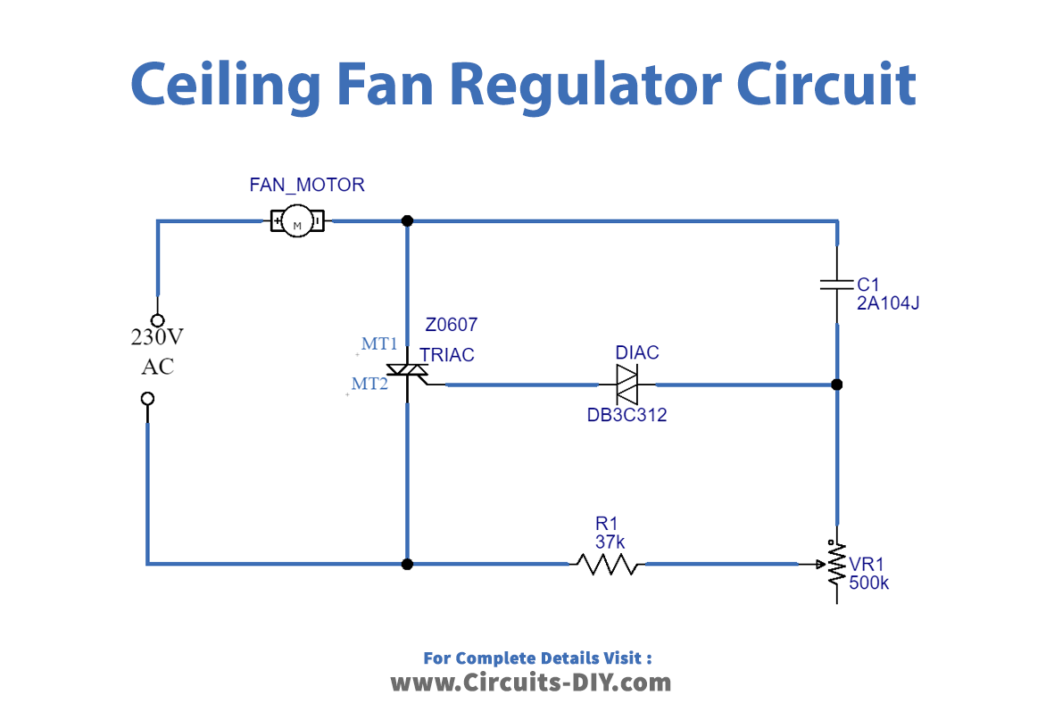
Working Explanation
In this ceiling fan regulator circuit, the power supply phase line is connected to one terminal of the fan and another terminal from the fan is connected to the regulator circuit. Here TRIAC is connected across the fan and neutral power line, and the gate terminal is connected with DIAC. Then the capacitor 2A104J (it is a polymer capacitor) is connected with a variable resistor, VR1=500KΩ is used to adjust the fan speed. Connect it in such a way that, it can increase resistance in a clockwise rotation. Only then you can get high-speed fan rotation. All these components control the voltage flow through the fan. Take extra care and safety measures to handle high AC supply.
TRIAC Z0607 Pin Configuration
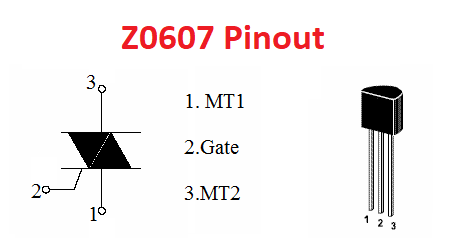
The Z0607 is three terminal plastic enclosed TRIAc element, it is suitable for low-power AC switching applications. It has a low gate triggering current, thanks to the low gate triggering current these triacs can be driven directly by microcontrollers. Other specifications included are On-state RMS current = 0.8 A, repetitive peak off-state voltage = 600 V, and Gate triggering current = 5 mA. Typical applications include home appliances (electro valve, pump, door lock, small lamp control), and fan speed controllers.
Applications
Can be used at home and in different workplaces to regulate ceiling fans.


